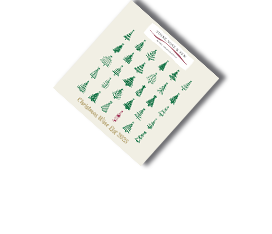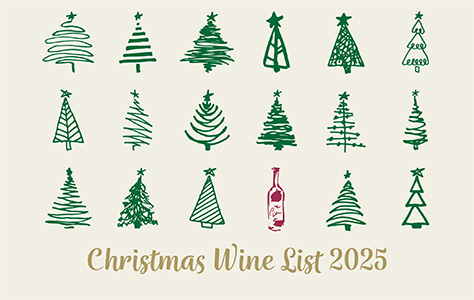Cabernet Sauvignon
The most prestigious red grape?
Origins
- Bordeaux region, as a natural cross of Sauvignon Blanc and Cabernet Franc (established 1997 by DNA analysis)
- Was known as Vidure or Petit-Vidure
- Spread throughout left bank of Bordeaux, supplanting white grapes
Characteristics
- Fairly easy to grow: hardy, buds late, but also ripens late (so some danger of equinoctial storms)
- Loose bunches of thick-skinned grapes (so good resistance to rain and disease)
- Loves well-drained soils (e.g. gravels of Médoc, Rutherford bench, Coonawarra Terra rossa)
- Low yielding
- High proportion of skin and pip to pulp, hence deep colour and high tannin
- Deep colour (deepest of all mainstream grapes)
- Key fruit quality: blackcurrants
- Melding of fruit and oak: cedary and cigar-box flavours with age
Vinification / Maturation
- Long macerations to extract colour and flavour
- Long maturation in (often) new, small (225l.) French oak barrels
Homeland
- Bordeaux: the classic grape of the left bank, especially Graves and Médoc (doesn’t like the cooler, damper, clay soils of the right bank)
- Summit: the five first growths: Latour, Lafite, Mouton Rothschild, Margaux (Médoc) & Haut-Brion (Graves)
- Generally makes up 60-80% of left bank claret.
- N.B. Contrast: in homeland of Bordeaux Cabernet Sauvignon is usually part of a blend. In New World often made as 100% CS
Also to be found in
- France (but not that widely planted): S.W. France, e.g. Bergerac; Provence and Languedoc (e.g. Vin de Pays & Mas de Daumas Gassac), Loire
- Italy: North-east and Tuscany - 100% Cabernets, e.g. Sassicaia - or part of a blend with Sangiovese
- Bulgaria: Huge volume & poor quality, but potential?
- USA: California, esp. Napa Valley & Sonoma Washington State
- Australia: South Australia, esp. Coonawarra; Western Australia, esp. Margaret River; Victoria. Often blended with Shiraz
- New Zealand: Around Auckland and Hawkes Bay, usually in Bordeaux style blend
- South Africa: held back by poor, disease-ridden plant material until 1990s: now new Cabernet clones of promise, both blends and as a single varietal
- South America: very high quality examples from Chile; and Cabernet of more dubious varietal character from Argentina




